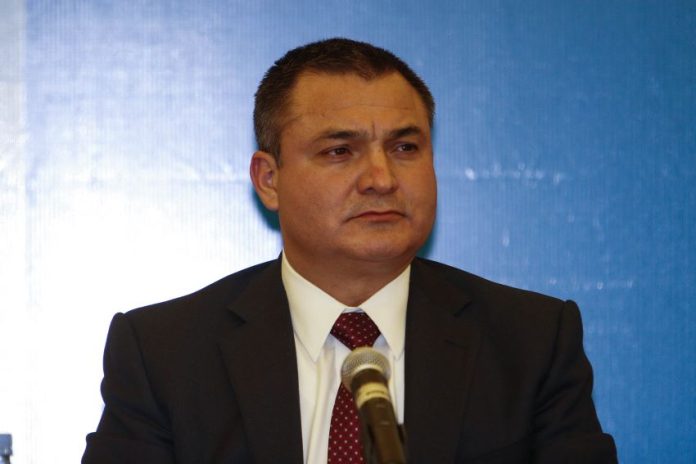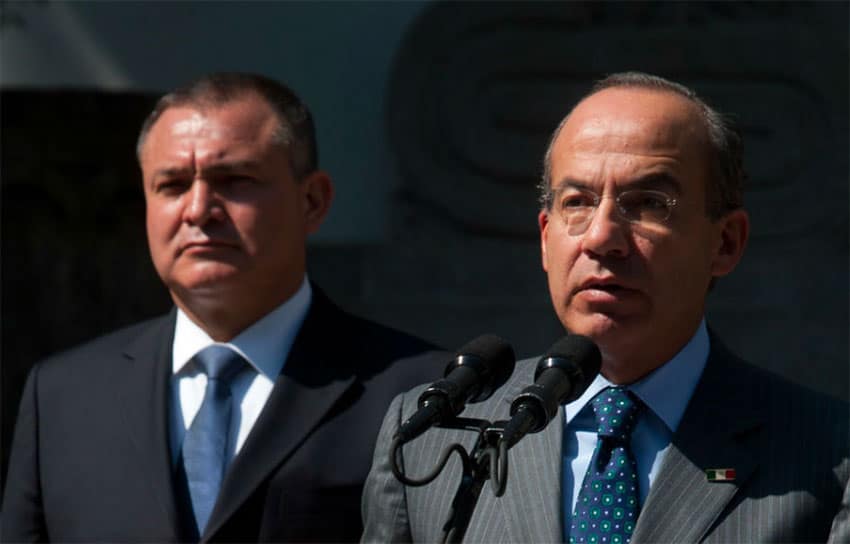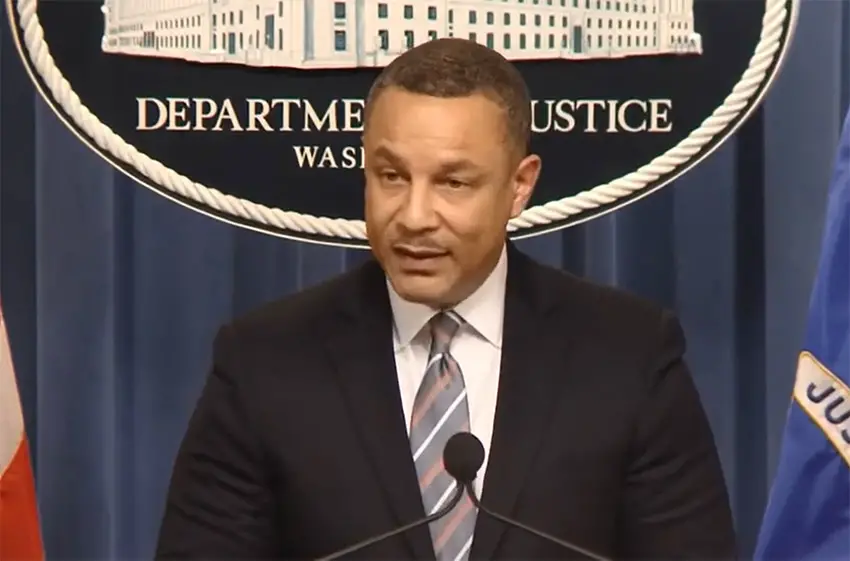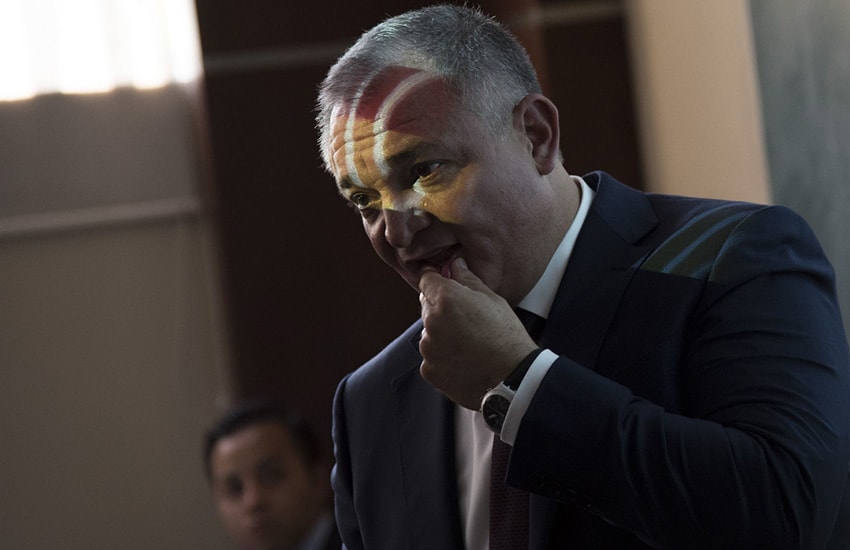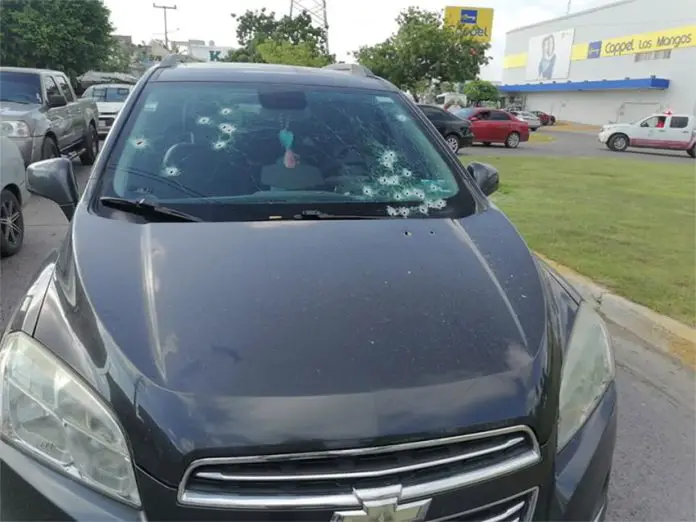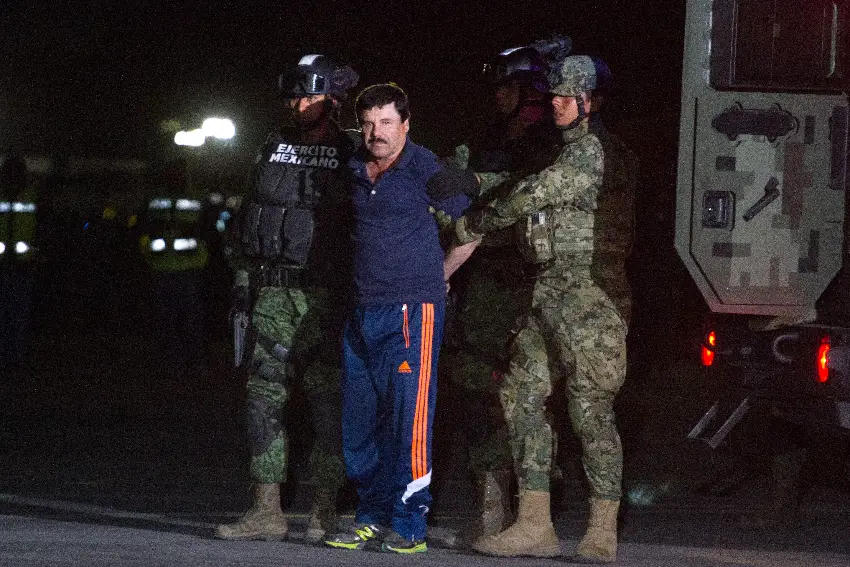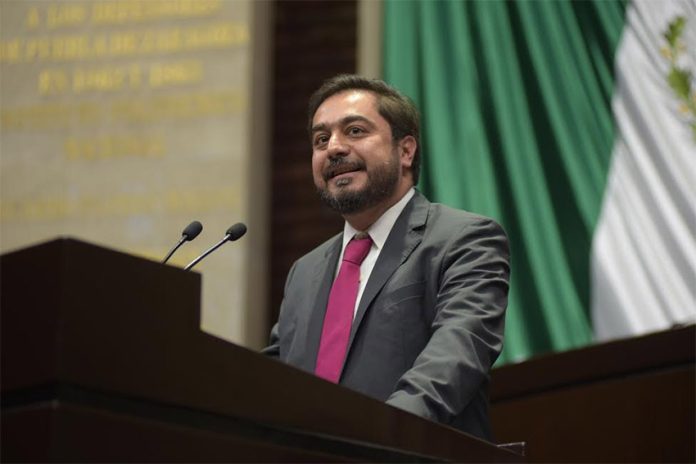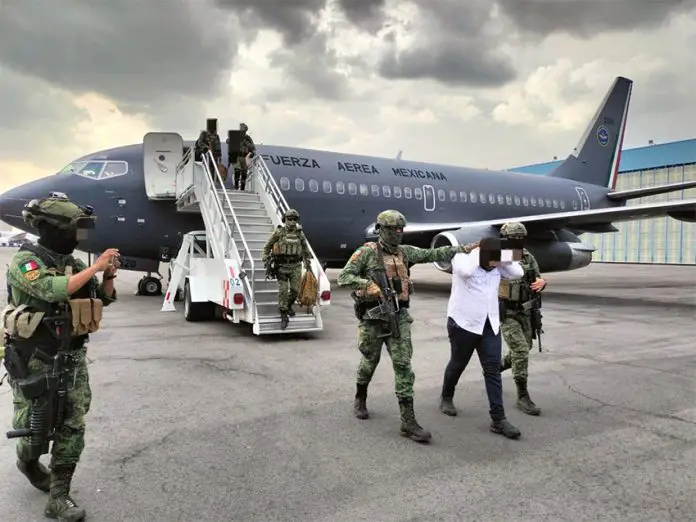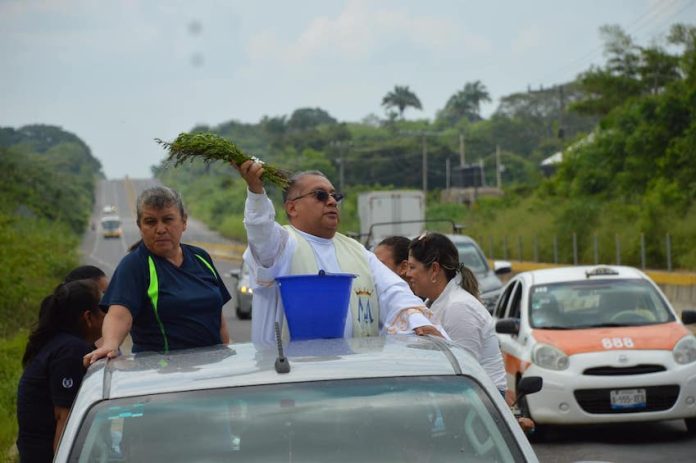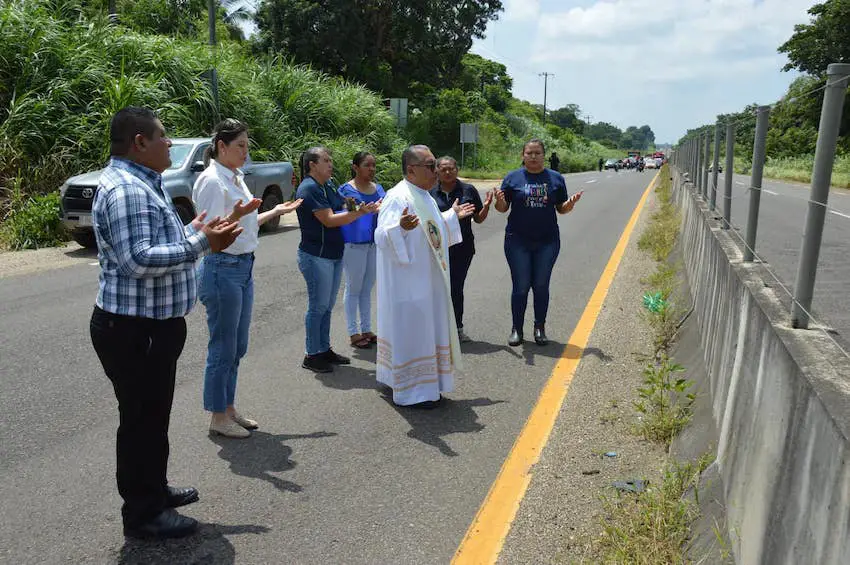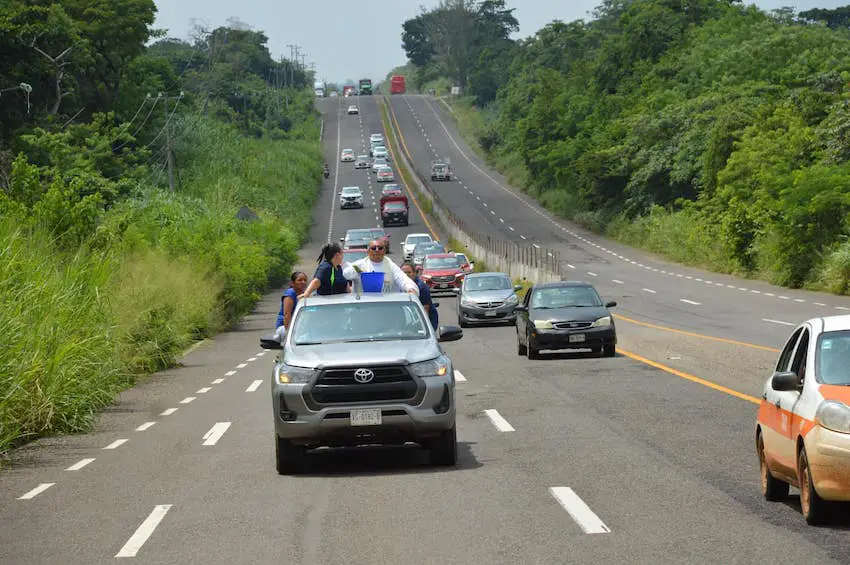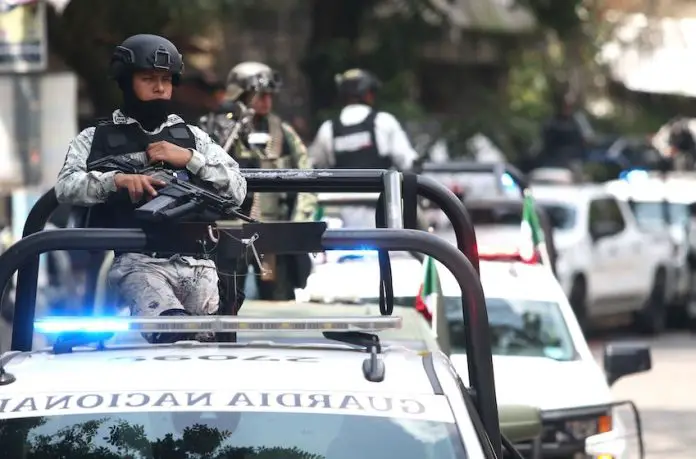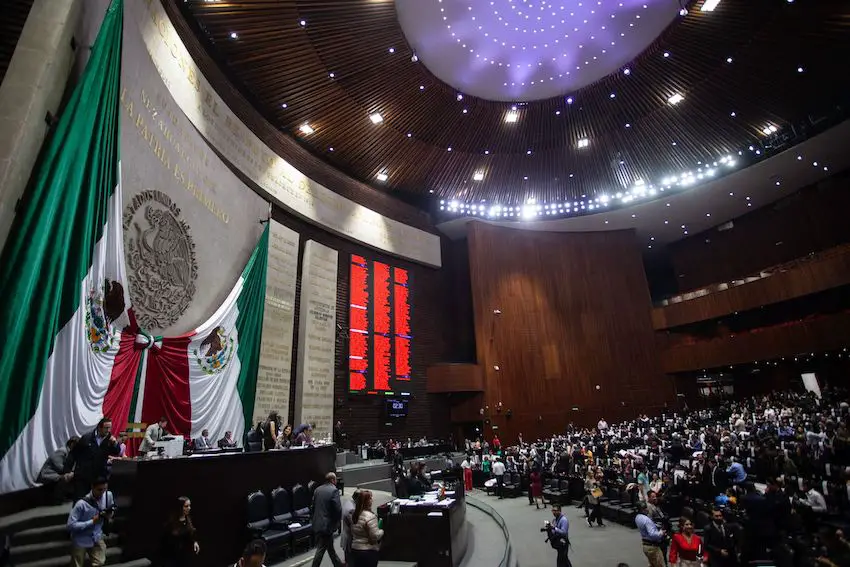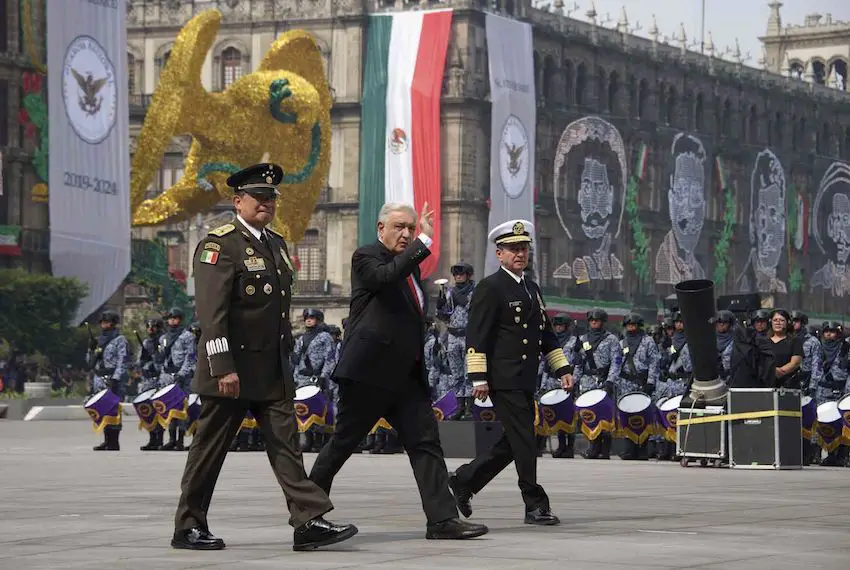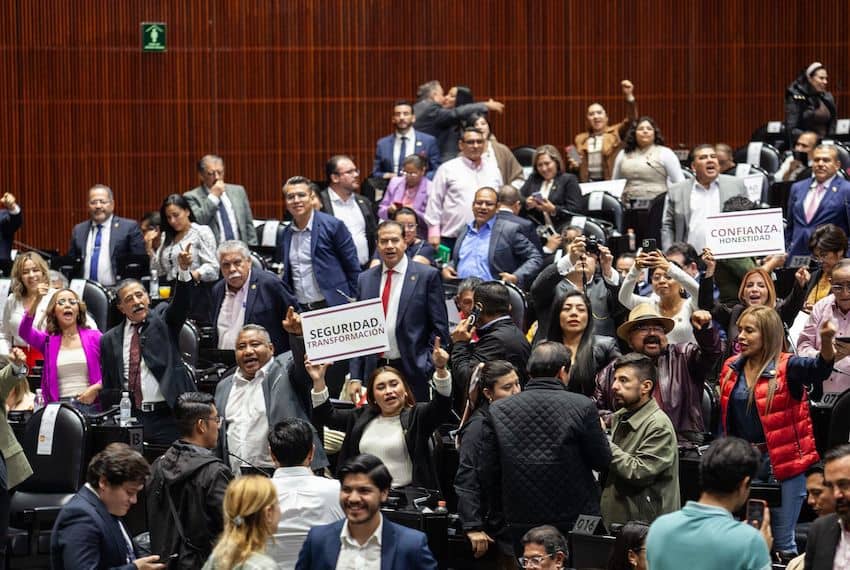Los Cabos is a great place to bring a pet. Assuming, that is, your pet is a cat or a small to medium-sized dog. Finding a hotel that accepts your pets may be more difficult if they’re larger. If they’re exotic they might not be allowed in Mexico at all. But cats and dogs are welcome at many hotels and resorts, from budget variety to ultra-luxury.
For example, the most famously pampering pet-friendly accommodation in Los Cabos, Las Ventanas al Paraíso, is known for its luxury canine touches, which Luna or Max or the ironically named Fido will undoubtedly appreciate. These include dog butlers for daily walks, private doggie cabanas, dog massages, yoga classes — dubbed “doga” as a portmanteau of dog and yoga — and special meals prepared by chefs and served in bejeweled dishes. Pet-friendly amenities are also notable at all-inclusive Hard Rock Los Cabos, thanks to “Unleashed” program highlights like welcome treats and memory foam pet beds.
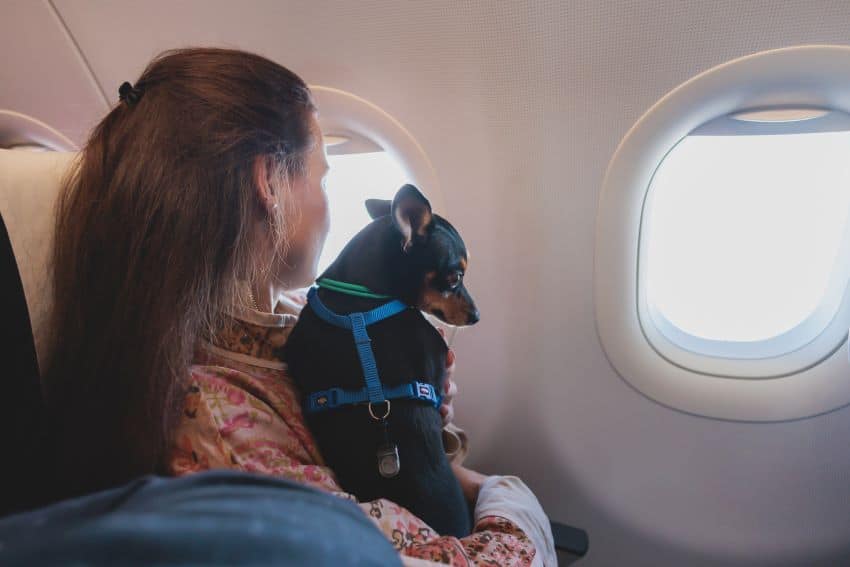
That’s not even to mention the abundant beaches to run and chase tennis balls. But first, you have to get your pets here. Then, there is the issue of getting them back into the U.S. That’s of particular interest based on recent changes to Center for Disease Control and Prevention regulations.
CDC announces new rules for traveling with pets
The new CDC rules for pets went into effect on August 1, 2024, and the good news for pet owners is that they don’t make it much harder to return from designated “low-risk” dog rabies countries like Mexico. However, there’s now a long list of over 100 countries — from Afghanistan to Zimbabwe — that are considered “high-risk” and if your pet has been in any of them during the preceding six months he or she will need additional documentation, including proof of rabies vaccination, to be allowed entry.
But if you’ve only been traveling in Mexico, simply answer “no” to the high-risk question on the new CDC Dog Import Form. It’s mandatory but free and easy to fill out — as seen here — and must be presented before boarding the return aircraft and at customs. If you’re traveling with more than one dog they’ll each need their own form, either printed or saved on your cellphone.

You’ll also need to ensure your dog is at least six months old, in good health, and with a universal microchip for identification purposes, if one hasn’t already been implanted. The term universal means the chip can be read by scanners worldwide using the International Standards Organization frequency of 134.2 kHz. According to the American Veterinary Medical Association, your local veterinarian should be able to implant the chip. It requires an injection under your dog’s skin — the microchip is about the size of a grain of rice — and no, it won’t cause your dog undue pain or distress. At least no more pain than a typical vaccination shot, anyway. Ask your vet about the cost of the chip and subsequent registration.
As for cats, rabies vaccinations are a recommendation but not a requirement. The same applies to microchips. Import forms aren’t necessary either. The only real requirement for cats is that they’re healthy when reentering the U.S. If upon inspection it’s determined that they may not be, you’ll have to pay for a veterinary examination.
Special airline requirements for pets
The CDC regulations are for reentry. To fly to Los Cabos in the first place, you’ll need to check the policies and requirements of your airline of choice. These vary, as do their respective pet fares. American Airlines won’t accept certain breeds of snub-nosed (brachycephalic) cats and dogs because of possible respiratory issues during transport. These include Persian cats and popular dog breeds like Boston Terrier, Bulldog, Pekingese, Pit Bull, and Shih Tzu. There also may be restrictions based on destination. Southwest Airlines, for instance, doesn’t allow pets on international flights.

Many airlines will allow pets to be carried onto planes, assuming their carrier meets size requirements and can be stowed under seats. If you have two pets of the same breed that can fit in the same carrier, that may also be permitted. However, which seats you’re able to book may change. If you’re flying Delta, you won’t be able to sit behind bulkheads or in emergency rows.
What to know when arriving with pets in Mexico
Visitors with pets from the U.S. and Canada are not required to present vaccination cards or a certificate of good health. However, the pets will be inspected on arrival.
Exotic animals and some that may not be so exotic are explicitly denied entry. You probably suspected that crocodiles weren’t permitted to be brought to Mexico as pets — or chupacabras and snakes either — and that is indeed the case. But you may not have known that birds of all kinds, from parakeets and cockatiels to canaries and parrots, also aren’t welcome at Los Cabos International Airport.
But there’s no quarantine period and nothing to worry about with cats and dogs provided they’re in good health— and you likely wouldn’t have traveled with them if they weren’t.

Finding pet-friendly accomodations in Los Cabos
Numerous hotels and resorts in Los Cabos are pet-friendly and several boast pet-focused programs and amenities. But there are almost always limits. For example, Las Ventanas al Paraíso and Hard Rock Los Cabos, two exemplary pet-friendly local lodgings, have stated weight limits. It’s 40 pounds for the former and 50 for the latter. There may also be leash requirements and designated areas of the resort where pets are allowed. Check the property’s pet policy before booking to ensure yours is welcome.
Additional costs should be expected and will vary according to where you’re staying. Pets are charged for accommodations just like people are. The difference is that people almost always pay by the night, while pet rates may be charged by the night, week, or per stay. You may also be asked to sign a pet agreement regarding the hotel rules during check-in.
Many local bars and restaurants will also welcome pets, so long as they’re well-behaved. As to running and playing on local beaches, there is one factor to note: Los Cabos has more blue flag beaches than any municipality in Mexico, and these beaches only allow service animals, not pets. However, that still leaves dozens of popular beaches and areas where pets can fully enjoy their vacation, just like their owners.
Chris Sands is the Cabo San Lucas local expert for the USA Today travel website 10 Best, writer of Fodor’s Los Cabos travel guidebook, and a contributor to numerous websites and publications, including Tasting Table, Marriott Bonvoy Traveler, Forbes Travel Guide, Porthole Cruise, Cabo Living and Mexico News Daily. His specialty is travel-related content and lifestyle features focused on food, wine and golf.


